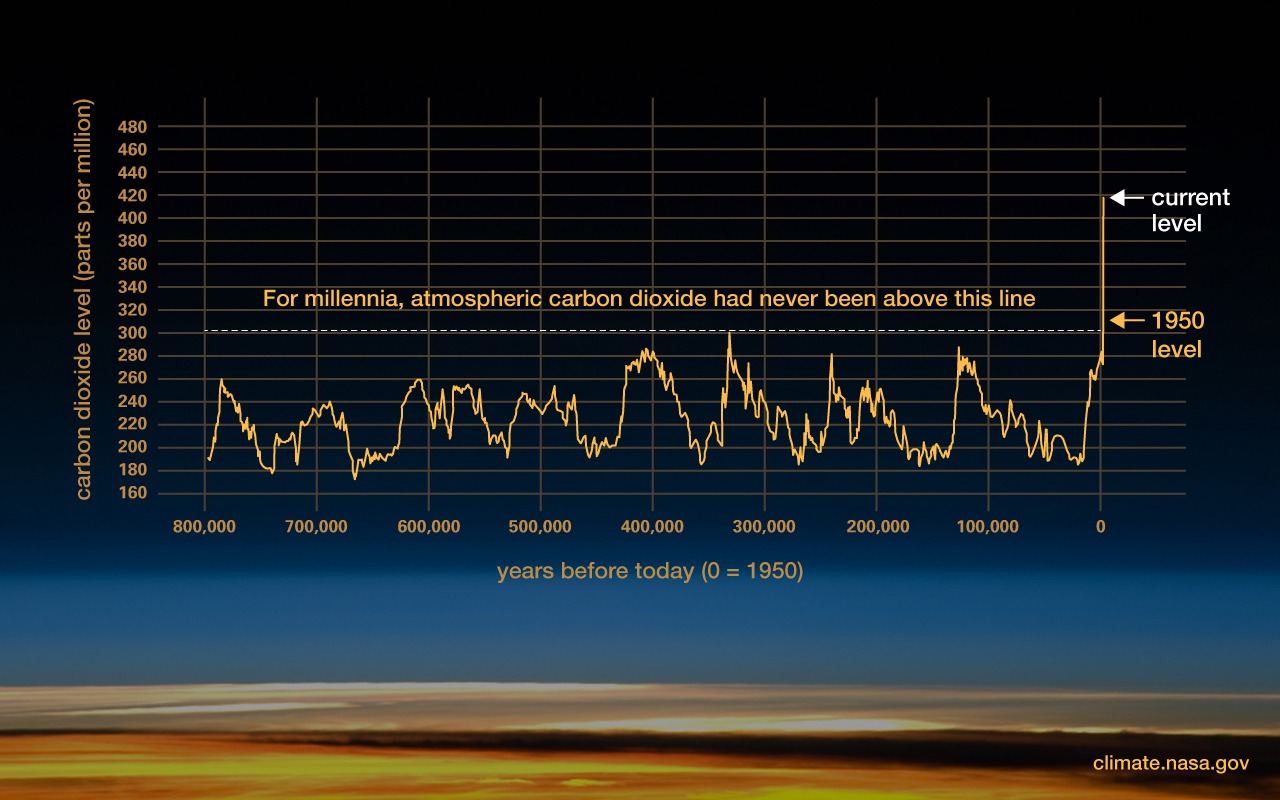Tackling Climate Change with Science
Tackling Climate Change with Science
Climate change looms large, and While the challenge seems daunting, understanding the mechanisms and implementing solutions are essential for securing a habitable future. Let's delve into the carbon cycle, the key player, and explore the roles of governments, corporations, and individuals in getting climate under control.
The Carbon Cycle: A Delicate Balance
Our planet breathes through the carbon cycle, a natural process where carbon dioxide (CO2) flows between the atmosphere, land, and oceans. Plants pull CO2 from the air through photosynthesis, storing it as organic matter. Soil and oceans also act as CO2 sinks. However, human activities disrupt this balance. Burning fossil fuels like coal, oil, and gas releases vast amounts of CO2 into the atmosphere, exceeding natural removal capacities. This excess CO2 traps heat, leading to global warming.
The Data Speaks Volumes:
The current atmospheric CO2 concentration is 421 parts per million (ppm), the highest in human history (NOAA).
Global fossil fuel emissions reached a record high of 36.7 billion tonnes in 2023 (IEA).
Without drastic action, temperatures are projected to rise by 2-3°C by 2100, exceeding the Paris Agreement goals (IPCC).

The Path Forward: Shared Responsibility
Governments:
Implement carbon pricing: Putting a price on CO2 emissions incentivizes polluters to reduce them. The World Bank estimates carbon pricing could deliver 23% of the emissions reductions needed by 2030.
Invest in clean energy: Directing funding towards renewable energy sources like solar, wind, and geothermal is crucial. The International Renewable Energy Agency (IRENA) estimates renewables can meet 86% of global electricity demand by 2050.
Strengthen international cooperation: Global agreements like the Paris Agreement provide a framework for collective action. Effective implementation requires strong political will and financial support.
Corporations:
Adopt ambitious emission reduction targets: Setting science-based targets and transparently reporting progress is essential. The Science Based Targets initiative (SBTi) provides a framework for companies to align their goals with limiting global warming.
Invest in clean technologies: Innovating and adopting low-carbon technologies across operations minimizes their environmental footprint. For example, companies can switch to electric vehicles for logistics or invest in carbon capture and storage solutions.
Promote sustainable practices: Integrating sustainability throughout the supply chain, from sourcing materials to product disposal, minimizes overall environmental impact.
Individuals:
Reduce energy consumption: Simple actions like using energy-efficient appliances, switching to LED lighting, and adopting sustainable transportation choices can make a difference.
Minimize waste: Reducing consumption, reusing items, and recycling properly minimizes our carbon footprint. The EPA estimates that recycling one aluminum can save enough energy to run a TV for three hours.
Support climate action: Advocate for policies that promote sustainability and hold elected officials accountable. Participating in protests, writing letters to representatives, and supporting climate-friendly organizations can amplify your voice.
Conclusion:
Getting climate change under control requires a collective effort. Governments, corporations, and individuals all have roles to play, guided by science and data. By understanding the carbon cycle, embracing technological advancements, and adopting sustainable practices, we can turn the tide on climate change and secure a healthier planet for future generations.
Important Note: While the actions outlined above are crucial, it's important to acknowledge that completely stopping climate change at this point is unlikely. Existing emissions, natural feedback loops, and inevitable impacts mean we cannot fully reverse the course of warming. However, taking immediate and ambitious action as described significantly reduce the severity of climate change and its consequences. By limiting the peak temperature increase, buying time for adaptation, and opening doors for future solutions, we can build a more resilient future for ourselves and generations to come.
Audience is climate conscious citizens.
The Intergovernmental Panel on Climate Change (IPCC): https://www.ipcc.ch/: https://www.ipcc.ch/
The United Nations Framework Convention on Climate Change (UNFCCC): https://unfccc.int/: https://unfccc.int/
The World Bank: https://www.worldbank.org/: https://www.worldbank.org/
The International Renewable Energy Agency (IRENA): https://www.irena.org/: https://www.irena.org/
The Science Based Targets initiative (SBTi): [https://sciencebasedtargets.org/]
Nasa:https://climate.nasa.gov/climate_resources/24/graphic-the-relentless-rise-of-carbon-dioxide/
Comments
Post a Comment